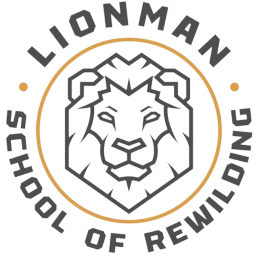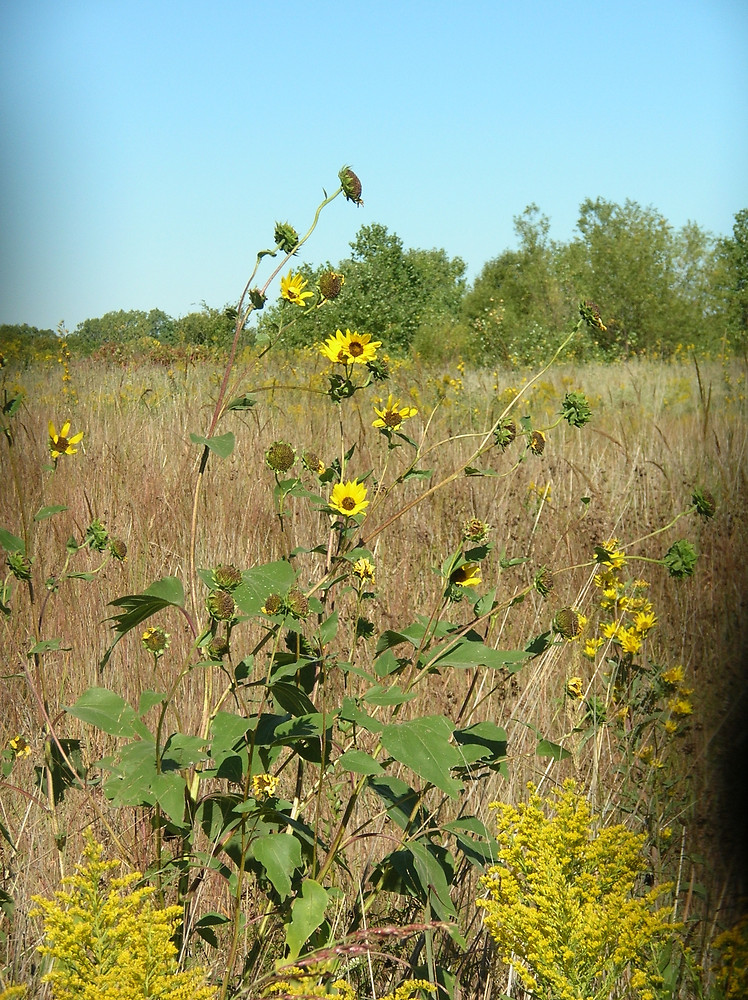The industrial approach to the conservation of our natural places, as opposed to urban spaces, is often characterized as an offshoot of the “Leave No Trace” movement. (1) In a similar thread, John Muir in the late 1800s, who was considered one of the fathers of the early American environmental movement, upon visiting Yellowstone National Park, which was not a national park at that time, was astonished by the beauty that he witnessed. What he did not know, but learned at a later time, was that he was witnessing the recent remnants of thousands of years of native people occupying and tending the wilds, thus creating a mosaic of landscapes in western North America, or Turtle Island. (2)
He wrote: “The Sierra bear, brown or gray, the Sequoia of the animals, tramps over all the park, though few travelers have the pleasure of seeing him. He fares through the majestic forests and cannons, facing all sorts of weather, rejoicing in his strength, everywhere at home, harmonizing with the trees and rocks and shaggy chaparral. Happy fellow! His lines have fallen in pleasant places, –lily gardens in silver-fir forests, miles of bushes in endless variety and exuberance of bloom over hill waves and valleys and along the banks of streams, cannons full of music and waterfalls, parks fair as Eden, –places in which one might expect to meet angels rather than bears.” (3)
The “lily gardens” that John Muir was referring to, probably existed in this dynamic state because of a disturbance regime (i.e., fire) that one of the native groups (Sierra Miwoks and/or the Valley Yukots) initiated every one to three years, which for some fire-dependent plants, is a matter of life and death. (4) The oak prairies, when full of ripe acorns, are of huge importance to the aborigines. (5) For one, acorns are estimated to contribute 50% to the yearly caloric intake of the people who were still living in the Stone Age, when colonizers moved North and West. (6) The word “acorn” is European derived. “Corn” in old Europe, was often used to denote a grain. (7) So, the word, “acorn” means “Not a Grain”. Oak trees can live hundreds of years, whilst producing so much food in the form of acorns. Talk about a return on investment!
The natives learned, through trial and error, and spiritual teachings, that the twenty-plus species of oaks that existed in their bioregion needed special care if they were to continuously provide nourishment to the people, the bears, and the cervids (i.e., deer). This care involved pulling young saplings from competitive species that could take nutrients from the growing oak trees. It also involved using knockers to drop the acorns instead of gathering from the ground, which ensured those dead branches would also fall away, and the trees would stay healthy. Finally, another example is the coppicing of a variety of shrubs, such as the red-osier dogwood, that are used for their beautiful baskets. These examples are just a taste, a tease into the lives that the rich, and numerous California natives experienced daily. (8)
Living in Lenapehoking today, the Place of the Lenape, we are at the edge of a deep precipice, that includes dark shadows, an overwhelming sense of amnesia, debilitating depression, and unprecedented ecological violence. Yet, there is a light! The LionMan School of ReWilding is revitalizing ancestral skills. Our programs are experimenting with a healthy expression of human capacity and ingenuity for understanding our place in ecology and the broader community within the Hudson River Valley ecosystem. Don’t Miss Out on Rewilding Opportunities
As the Onondaga says, “We are both on the same river, traveling in the same direction, but are in different canoes.” (8)
The “Old World”, (Eurasian land mass), and the “New World” (the Americas), have teachings on how to interact with the living world. (9) There is room for dialogue and sharing, but it’s urgent to preserve and enhance our community’s ability to relate to the land, the birds, the fish, the insects, the four-legged, the food plants, and the medicine plants, as to the humans.
As my mentor, Arthur Haines has said, “Despite this awareness, I remain positive and hopeful because of the very skills I practice. The foraging, wildcrafting medicine, tracking, and many other aspects of wild living provide me with a life way to inspire me and offer me purpose.” (8)
Xu xanè xu wixkaochi làpi mba. Perhaps at some time I will come again.
Work cited:
https://www.goodreads.com/book/show/797805.Tending_the_Wild
“CALIFORNIA by John Muir: My First Summer in the Sierra Picturesque California, The Mountains of California, The Yosemite & Our National Parks: Adventure Memoirs, Travel Sketches, Nature Writings and Wilderness Essays”
https://en.wikipedia.org/wiki/Fire_ecology%23Plants
https://en.wikipedia.org/wiki/Acorn%23Use_by_Native_Americans
“Why foragers choose acorns before salmon: Storage, mobility, and risk in aboriginal California” (S. Tushingham, R. Bettinger)
https://www.themadfermentationist.com/2009/04/book-review-sacred-and-herbal-healing.html
https://en.wikipedia.org/wiki/Population_history_of_indigenous_peoples_of_the_Americas
https://en.wikipedia.org/wiki/1491:_New_Revelations_of_the_Americas_Before_Columbus
https://www.syracuse.com/news/index.ssf/2013/05/onondaga_nation_men_create_a_d.html
http://www.arthurhaines.com/resources-neoaboriginal-lifeway/
Follow LMSR here: https://lionmanrewilding.com/

